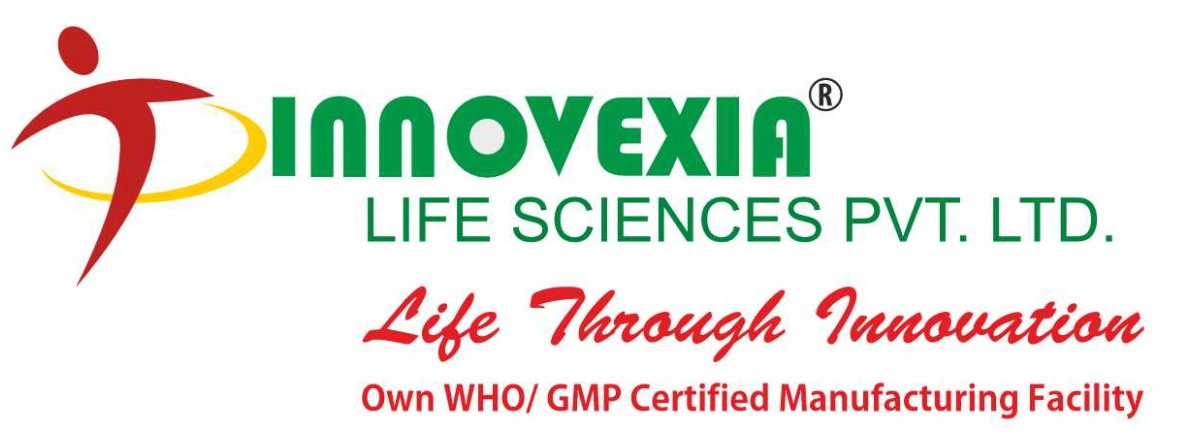Title: Unveiling the Growth and Potential of the PCD Pharma Business Market in India
Introduction:
The PCD (Propaganda Cum Distribution) pharma business model has witnessed remarkable growth and success in the pharmaceutical industry of India. It offers a unique avenue for aspiring entrepreneurs and individuals seeking to establish their own pharmaceutical businesses by leveraging the established products and brand names of prominent pharmaceutical companies. In this comprehensive article, we will delve deeper into the growth and potential of the PCD pharma business market in India. We will explore the factors driving its expansion, the advantages it offers to various stakeholders, the regulatory landscape, future prospects, and the challenges faced by the industry.
1. The Rise of PCD Pharma Business:
The PCD pharma business market in India has experienced exponential growth owing to multiple factors. The increasing demand for quality healthcare products and medicines across the country has been a key driver. India’s large population and rising healthcare awareness have created a significant market for pharmaceutical products, providing ample opportunities for PCD pharma businesses to thrive.
2. Advantages for Entrepreneurs:
The PCD pharma business model presents several advantages for aspiring entrepreneurs. Firstly, it allows individuals to establish their own business with relatively low investment compared to setting up an independent pharmaceutical manufacturing unit. By partnering with established pharmaceutical companies, entrepreneurs can leverage their brand reputation, wide range of products, and extensive distribution networks. This eliminates the need for extensive research and development, enabling entrepreneurs to focus on marketing and sales activities to establish a strong presence in their chosen territories.
3. Benefits for Pharmaceutical Companies:
For pharmaceutical companies, the PCD model serves as an effective distribution channel to expand their reach and penetrate untapped markets. By collaborating with PCD pharma businesses, these companies can benefit from their local market expertise and infrastructure. It enables pharmaceutical companies to reduce their distribution costs by leveraging the network and resources of their PCD partners. Additionally, this model allows companies to focus on their core activities such as research, development, and manufacturing while entrusting the marketing and distribution aspects to dedicated PCD pharma businesses.
4. Market Expansion and Opportunities:
The PCD pharma business market in India is poised for further expansion in the coming years. Factors such as increasing healthcare expenditure, rising prevalence of chronic diseases, and the government’s focus on affordable healthcare have fueled the demand for pharmaceutical products. PCD pharma businesses have ample opportunities to cater to the evolving needs of the market, including providing generic medicines, specialty drugs, and other healthcare solutions. Furthermore, with the growing emphasis on telemedicine and e-commerce, PCD pharma businesses can explore digital platforms to reach a wider audience.
5. Regulatory Compliance and Quality Assurance:
To ensure the sustainability and success of the PCD pharma business model, strict adherence to regulatory compliance and quality assurance is essential. PCD pharma businesses must comply with the guidelines and regulations set by regulatory authorities such as the Food and Drug Administration (FDA) and other governing bodies. It is crucial to maintain the safety, efficacy, and quality of the products they distribute. Implementing robust quality control measures, adhering to good manufacturing practices, and conducting regular audits are vital to build trust among healthcare professionals, end consumers, and regulatory bodies.
6. Future Prospects and Challenges:
The future of the PCD pharma business market in India appears promising. As the healthcare sector continues to grow, the demand for pharmaceutical products will escalate, opening up new avenues for PCD pharma businesses to expand their operations. The introduction of innovative therapies, increasing focus on preventive healthcare, and the rise of chronic diseases offer tremendous opportunities for PCD pharma businesses to cater to specialized healthcare needs. However, the industry faces challenges such as intense competition, evolving market dynamics, stringent regulatory requirements, and the need to adapt to emerging technologies and digital platforms.
Conclusion:
The PCD pharma business market in India presents a lucrative and viable opportunity for aspiring entrepreneurs, individuals, and pharmaceutical companies. With its low investment requirements, brand leverage, and flexibility, the PCD model offers a pathway to establish successful pharmaceutical businesses. By prioritizing regulatory compliance, maintaining high-quality standards, adopting innovative marketing strategies, and staying abreast of market trends, PCD pharma businesses can thrive in this dynamic and competitive industry. The continuous focus on improving healthcare infrastructure, increasing access to quality medicines, and the country’s robust pharmaceutical manufacturing capabilities create a favorable environment for the growth and success of the PCD pharma business market in India.

